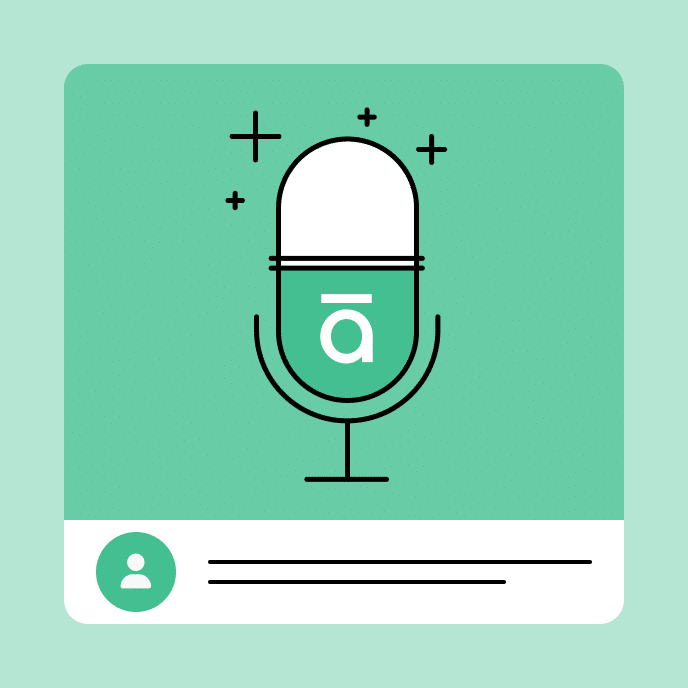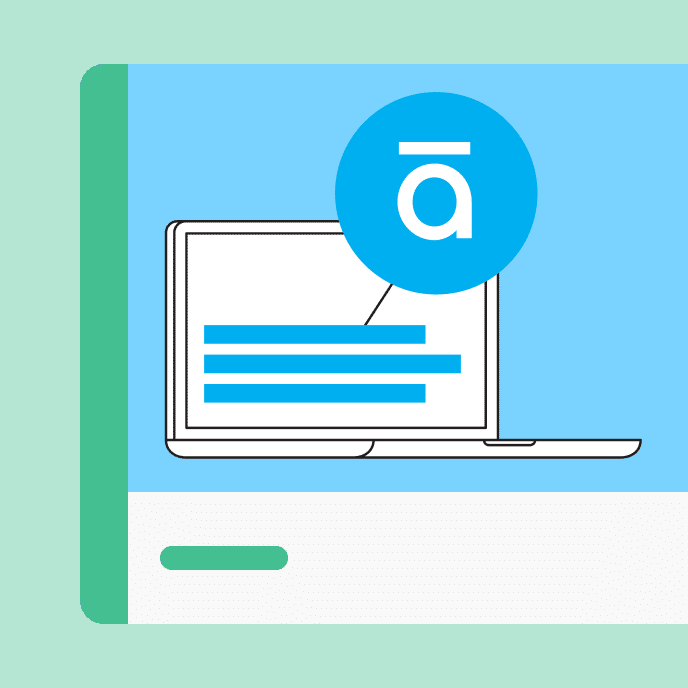How To Create Soft Skills Training for Employees
Soft skills are critical to employee success. Online training tools can help assess a baseline, teach new skills, and reinforce them at work.

Soft skills to the rescue
Imagine this: A frustrated customer calls your support line, and it’s clear they’re angry. But instead of responding defensively, your star specialist, Amar, listens. He navigates the conversation empathetically and successfully leads the customer from frustration to resolution. His response builds loyalty in a situation that easily could have led to a lost customer.
Soft skills like Amar’s are fundamental to business success. These abilities and behaviors aren’t job-specific, yet they’re some of the most desirable skills an employee can have. Empathy, time management, conflict management, negotiation, networking, and adaptability are all examples of critical soft skills.
While traditional training might focus on hard skills, soft skills training can be part of professional development with the right plan. We’ll explore four steps to setting up an effective continuous learning program for soft skills at work.
Curious about in-demand soft skills in the market today? Get our e-book, “Top 3 Soft Skills Your Employees Need In the New World of Work“
Key Takeaways
What’s the difference between a soft skill and a hard skill?
Both hard and soft skills are important at work. Hard skills typically mean a concrete skill for a specific competency acquired through set training. Think of them as technical skills. Examples are knowledge in software coding or data analysis.
Unlike hard skills, soft skills tend to be related to how you approach work. Examples are emotional intelligence, active listening skills, and creative thinking. Some might call them people skills.
Both types of knowledge are important, no matter the business or industry. Project managers use leadership and communication skills to keep jobs on schedule. Sales reps use persuasion to boost sales. Managers use adaptability to guide employees through varying challenges.
Soft skills like empathy and communication are as teachable as hard skills like financial reporting or changing an HVAC filter. Investing in employee soft skills development is key to employee growth, engagement, and productivity.

The 4-step process for soft skills training programs
Like many of the best things, soft skills training is simple but requires hard work to master. Luckily, there are four basic steps to this skills training: determining the best soft skills by role, performing an assessment, practicing, and feedback. Let’s explore the details.
1. Determine the right skills for each role
While soft skills complement virtually every position in a company, their benefits vary by role. That’s why determining which soft skills are critical for each job title is the first step. For example, a recruiter may need to brush up on active listening, while a customer service rep might focus on how to communicate effectively.
These three practices will help establish the requirements for each role:
- Review the company’s job descriptions. Most will include a list of required or helpful soft skills for particular roles. This creates an easy starting point for soft skills for each.
- Ask managers to review the list. Is anything off-base or missing? Or, have them list the soft skills their star team members exhibit. How does the list compare to the job description for their role? Then, rate the skills as either non-negotiable or nice to have.
- Get employee feedback. Ask people in those same roles about the soft skills they use frequently. Where do they struggle and wish to build their skills?
Use the outcome of this survey to compile a comprehensive and prioritized list of soft skills for each role.
2. Perform a soft skills assessment
Next, it’s time to assess individuals to get an employee performance baseline. Implement a standardized practice to fairly evaluate employee’s strengths and growth areas. A soft skills assessment, or evaluation, can help you match their needs to the right training.
So, how’s that done? One option is to purchase a preexisting soft skills assessment. However, these tests are often generalized and may not apply to all your learners. Another option is to build your own online soft skills assessment.
A few assessments to consider:
- Knowledge checks. Knowledge checks are an easy way to quiz learners. Choose from multiple response, fill-in-the-blank, multiple choice, and matching assessments to see what learners already know—or don’t. If your learner answers correctly, they’ll cement their knowledge with additional feedback. Incorrect answers will help identify soft skills to strengthen.
- Sorting activities. Let’s say you want to discuss the do’s and don’ts of showing empathy. Sorting activities let learners drag-and-drop phrases into different categories. For example, “do offer support,” but “don’t try to change a person’s emotions” are phrases that demonstrate empathy. Sorting activities aren’t graded, but learners get immediate feedback for right and wrong answers. They’ll see how many they got right on the first attempt when finished.
- Branching scenarios. Practicing real-life scenarios before training can reveal an employee’s skills baseline. This method could include dialogue, responses, and feedback that vary based on how the learner responds. Decision-making interactions, such as scenarios, are ideal for gauging how well learners can navigate challenging situations like the one Amar faced.
3. To develop soft skills—practice makes perfect
You’ve identified what soft skills different jobs require. And you’ve helped your learners understand where they excel and where there’s room to grow. Now, it’s time to implement soft skills training so learners can practice and improve.
Traditional soft skills training methods may include mentoring, apprenticeships, and in-person training. However, it’s not always practical to find employees with the resources, time, and expertise to mentor others in addition to their day-to-day responsibilities. Likewise, an instructor can model behavior in a classroom setting, but learning fades quickly without time to practice new skills. It’s also worth noting that some situations—such as employees working in many different locations—make in-person training costly and difficult.
Online professional development courses can address these challenges. The opportunity for individual practice helps create a consistent, dynamic, and customized training experience that learners can access at any time in the flow of their workday.

Online soft skills training examples
For example, a microlearning course with short embedded videos could demonstrate step-by-step how Amar—the star specialist who saved the day—used social skills like problem-solving, critical thinking, and empathy to communicate successfully with a frustrated customer. Participants could take an interactive assessment to reinforce the soft skills that Amar demonstrated.
A branching scenario could measure time management skills. Start with a realistic scenario, like an engineering department trying to triage customer “bug” tickets. Include realistic questions that an engineer might get from their manager or customer. Ask the engineer to respond to those realistic questions and direct them down different paths with variable success rates based on their answers. This strategy is excellent for developing skills because the learner gets immediate feedback and reinforcement of skills they’ll use again in the future.
No matter how you design the training, give learners lots of opportunities to hone their skills in different ways. Online learning is especially effective because learners can practice soft skills they haven’t mastered yet in a safe environment.
4. Set up feedback cycles
Finally, provide ongoing feedback to learners. Addressing a skills gap in the initial stages of learning is much easier. Regular feedback and coaching increase employee efficiency and effectiveness and even boost morale.
It’s helpful to look at your tool’s dashboard for reports that show learner completion and assessment performance rates to identify weak spots. These reports and your observation of job performance can help you have more targeted constructive coaching sessions with employees.
Training for soft skills is possible with patience and a plan
Excellent soft skills make navigating personal and professional situations easier. Be thoughtful when deciding the soft skills needed for each role, and take time to assess learners’ abilities to determine the skills they need to strengthen. Finally, develop e-learning that nurtures these skills and offer feedback about improvements and areas for growth. When you do, you’ll support your learners’ personal development and empower team members to think independently, work collaboratively, and solve problems within the organization.
For more ways to prioritize soft skills in your organization, get our e-book, “Top 3 Soft Skills Your Employees Need in the New World of Work“
You may also like

Big Moves, Big Wins: Articulate’s 2024 Year in Review
Check out six milestones—from game-changing features to prestigious awards— that shaped our e-learning year.

